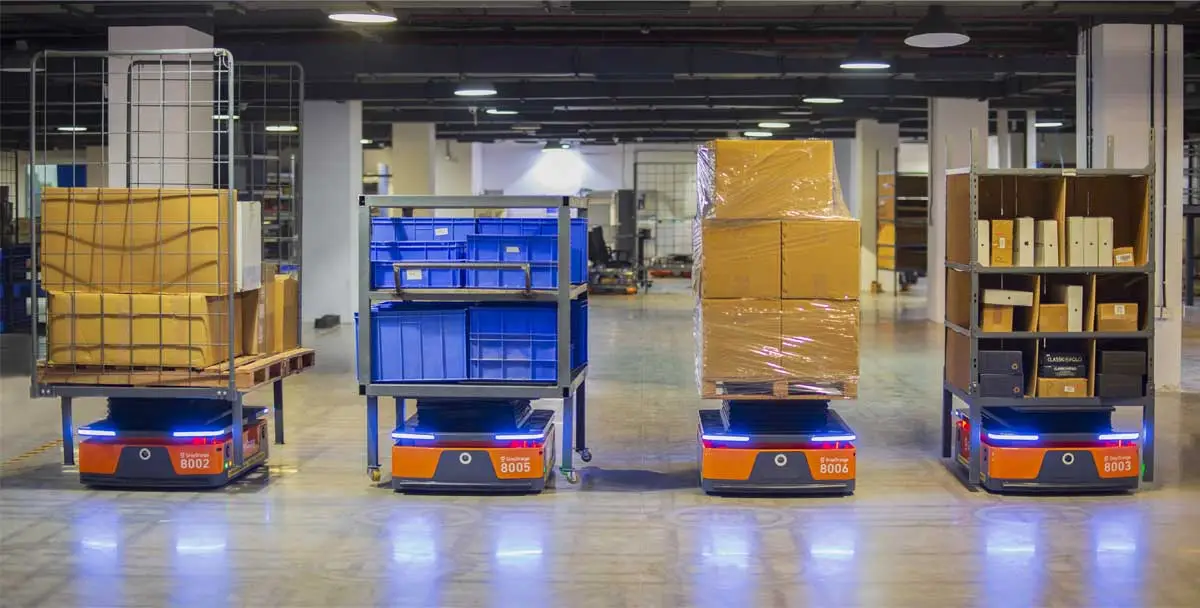
Silent Efficiency: The Role of Robotics in Noiseless Warehousing Operations
In the fast-paced world of warehousing, where efficiency is key, a new player has emerged – silent robotics. Imagine a warehouse bustling with activity, yet the only sounds you hear are the gentle hum of machinery, contributing to a serene working environment. This article delves into the fascinating realm of silent efficiency and the pivotal role that robotics plays in achieving noiseless warehousing operations.
Definition of Silent Efficiency
Silent efficiency goes beyond the absence of noise; it encompasses a holistic approach to streamline operations while minimizing disruptive sounds. In the context of warehousing, achieving silent efficiency involves optimizing processes for productivity without the usual clamor associated with industrial settings.
Importance of Noiseless Operations in Warehousing
Noise pollution in warehouses not only affects employee well-being but also impacts overall productivity. Silent warehousing operations create a conducive environment for seamless workflows, reducing stress levels and enhancing focus among the workforce.
The Evolution of Robotics in Warehousing
Early Robotics in Warehousing
The inception of robotics in warehousing dates back to the early automated conveyor systems. These initial implementations focused on mechanizing repetitive tasks, laying the foundation for the silent efficiency we see today.
Advancements in Robotics Technology
Artificial Intelligence Integration
Modern robotics integrates artificial intelligence (AI) to adapt and learn from dynamic warehouse environments. AI-powered robots make split-second decisions, optimizing routes and tasks for maximum efficiency.
Sensor Technology
The incorporation of advanced sensor technologies, such as LiDAR and computer vision, empowers robots to navigate through spaces with precision. These sensors contribute to the silent aspect by minimizing collisions and disturbances.
Benefits of Silent Robotics in Warehousing
Increased Productivity
Silent robotics leads to heightened productivity as tasks are executed seamlessly without the disruptions associated with traditional machinery. This translates to faster order fulfillment and improved warehouse throughput.
Improved Employee Well-being
A quiet working environment positively impacts the mental and physical well-being of warehouse staff. Reduced noise levels contribute to lower stress levels, fostering a healthier and happier workforce.
Enhanced Operational Safety
Silent robotics enhances operational safety by minimizing the risk of accidents associated with noisy distractions. Improved focus on tasks leads to fewer errors and a safer working environment.
Applications of Silent Robotics in Warehousing
Autonomous Mobile Robots
Autonomous mobile robots navigate warehouses autonomously, picking and transporting goods with minimal noise. These robots optimize routes, ensuring efficient utilization of space and resources.
Robotic Picking Systems
Robotic picking systems use AI and machine learning to identify and handle products efficiently. These systems contribute to silent efficiency by executing tasks with precision and minimal disruption.
Automated Guided Vehicles (AGVs)
AGVs, equipped with advanced navigation systems, move silently through warehouses, transporting goods from one location to another. These vehicles enhance efficiency without the noise associated with traditional forklifts.
Challenges and Solutions
Initial Implementation Challenges
Implementing silent robotics comes with initial challenges, including integration with existing systems and staff training. Overcoming these hurdles requires meticulous planning and collaboration with robotics experts.
Maintenance and Upkeep
Predictive Maintenance
To address maintenance challenges, predictive maintenance programs can be implemented. AI algorithms predict potential issues, allowing proactive maintenance to prevent disruptions.
Training Programs for Staff
Proper training programs ensure that warehouse staff can effectively operate and collaborate with silent robotic systems, minimizing downtime and optimizing performance.
Environmental Impact
Reduced Energy Consumption
Silent robotics not only enhances operational efficiency but also contributes to reduced energy consumption, aligning with sustainable practices.
Sustainability Practices in Warehousing
Warehouses incorporating silent robotics are positioned to embrace sustainability, contributing to a greener future through efficient resource utilization.
In conclusion, silent efficiency in warehousing, facilitated by the role of robotics, represents a paradigm shift in industrial operations. The marriage of advanced technologies, reduced noise levels, and improved employee well-being paints a promising future for the warehousing industry.






